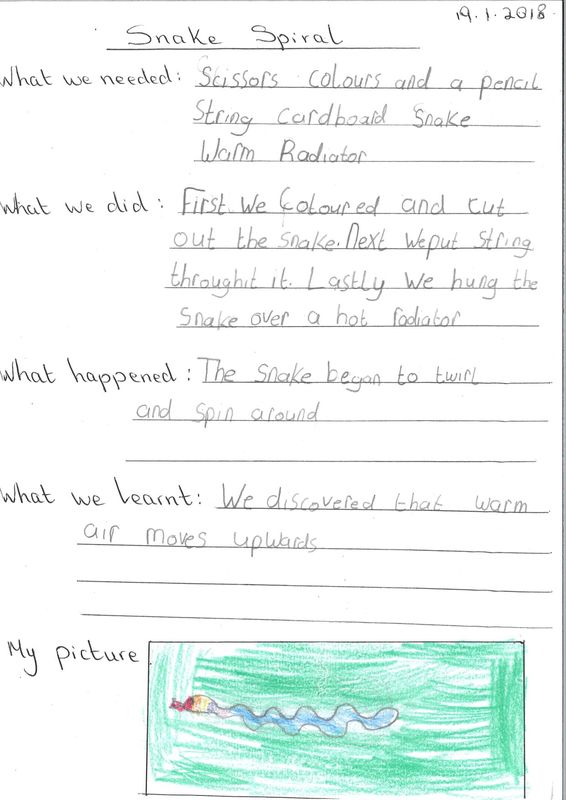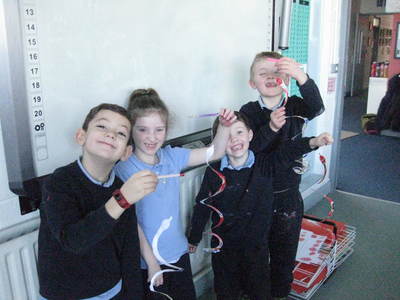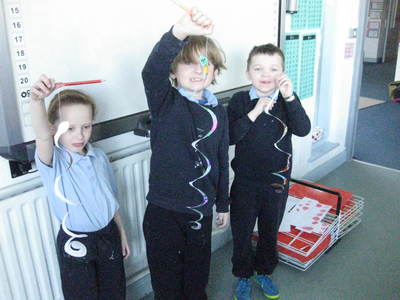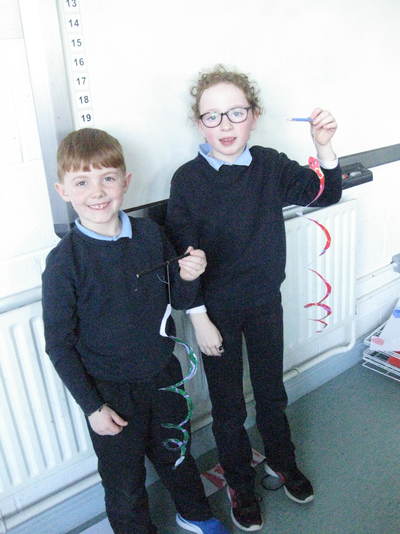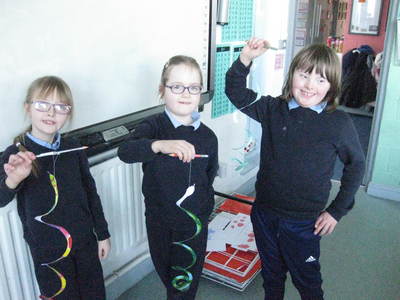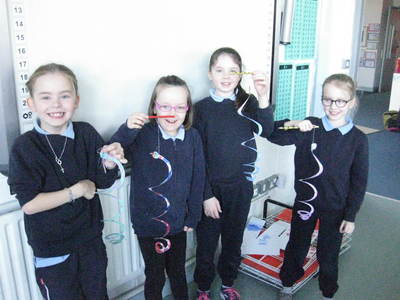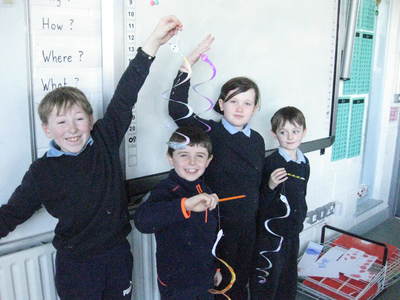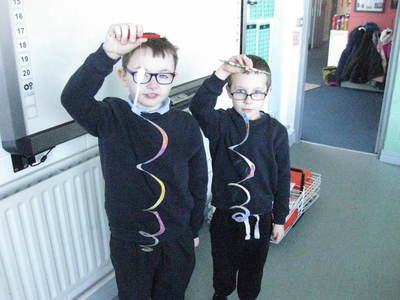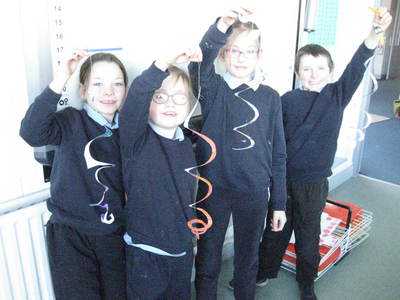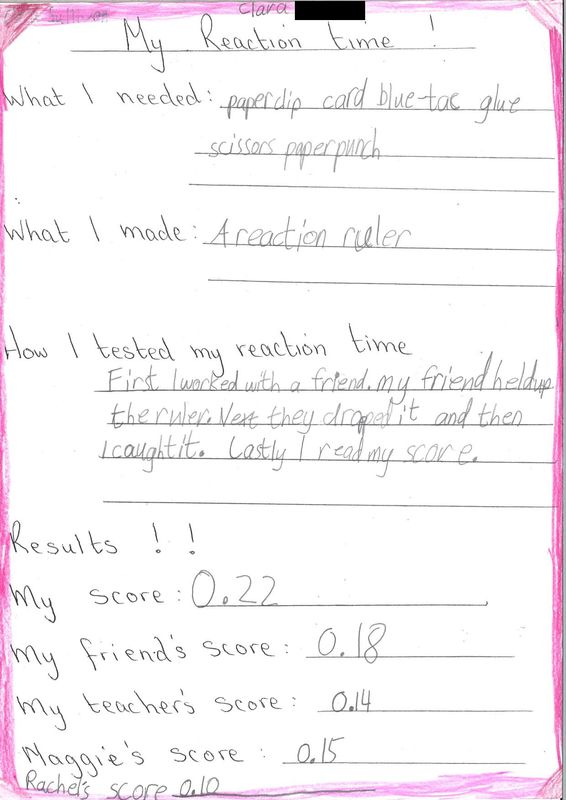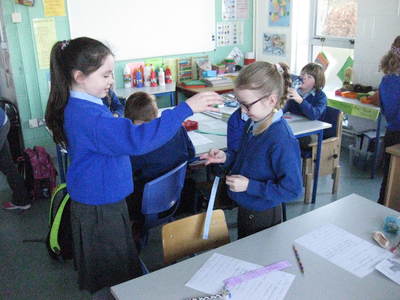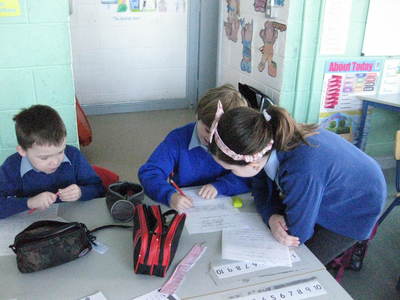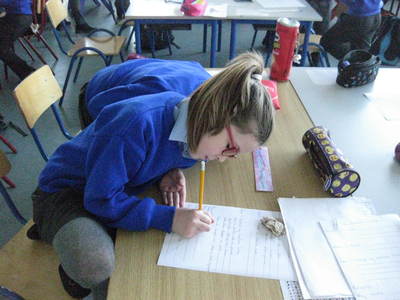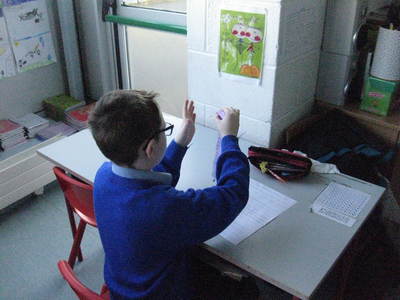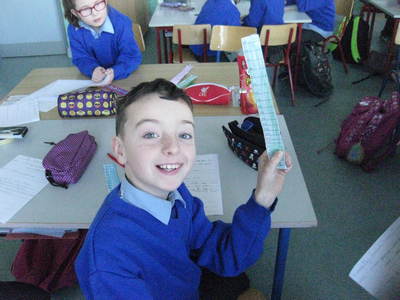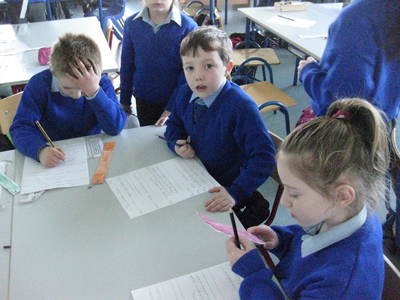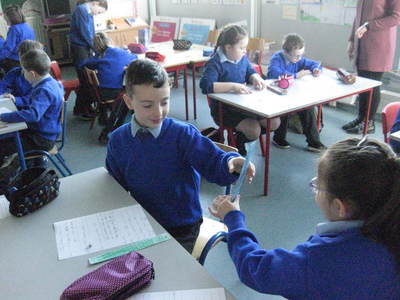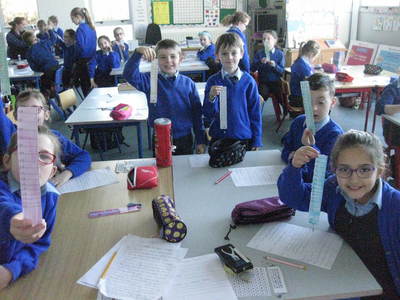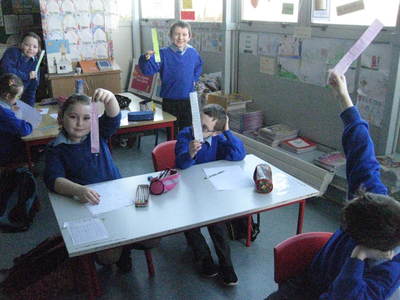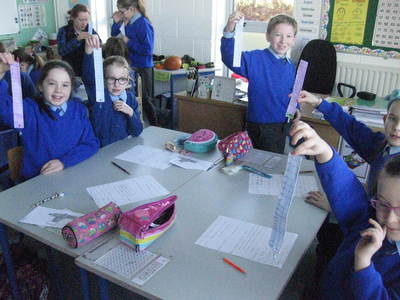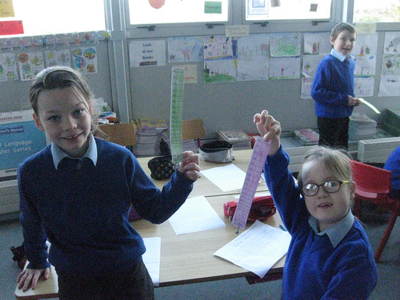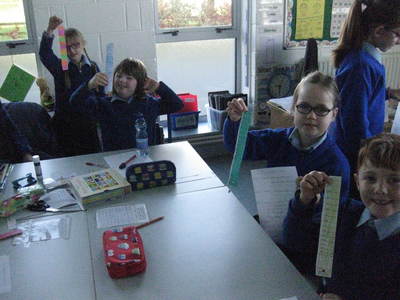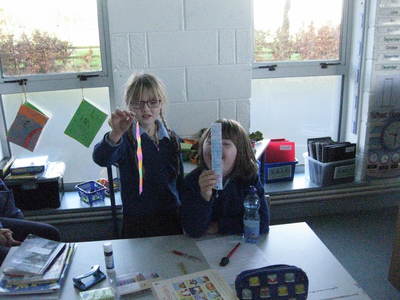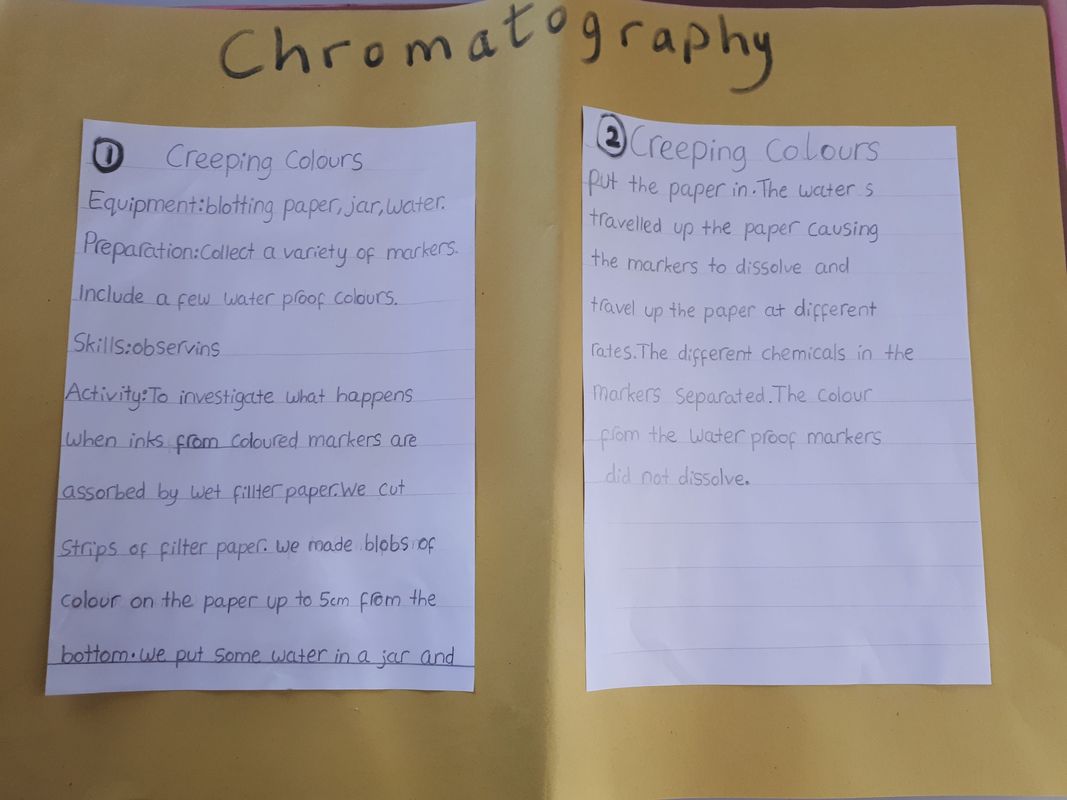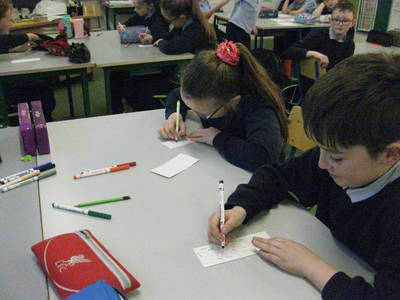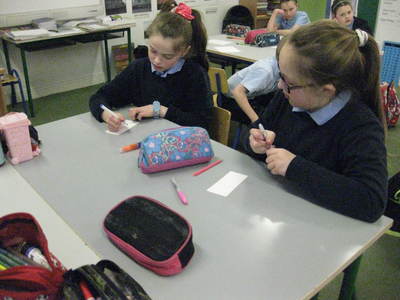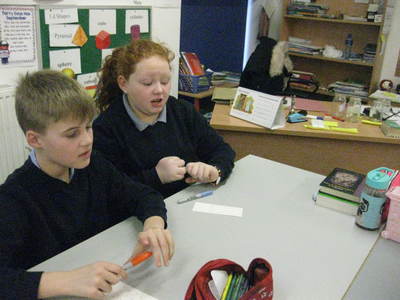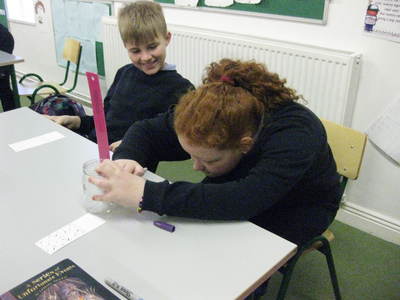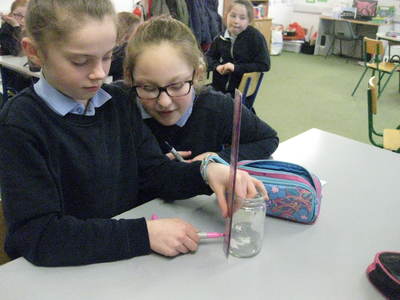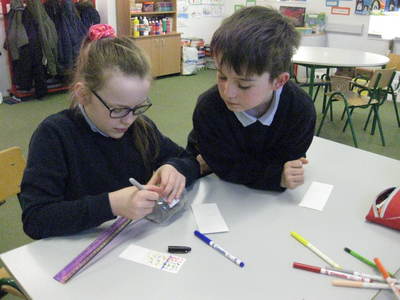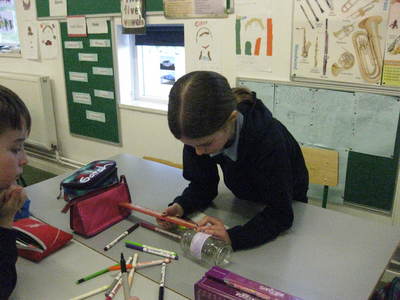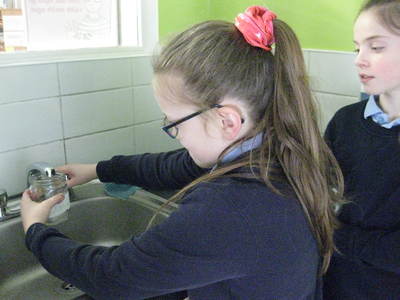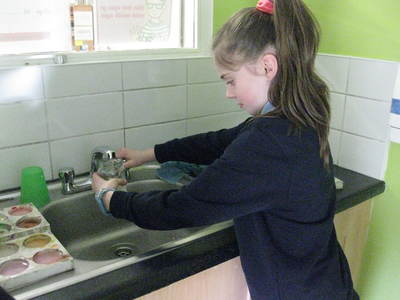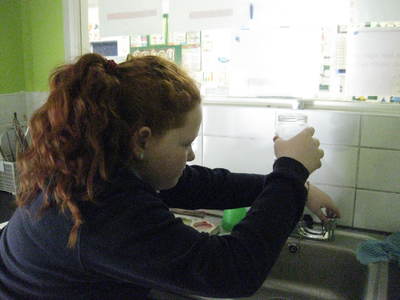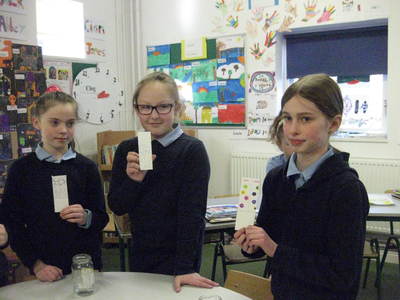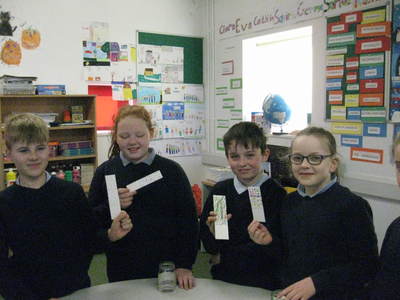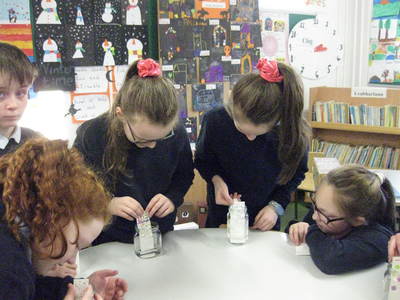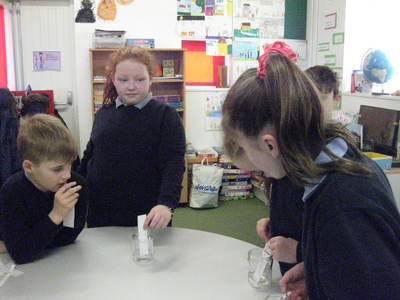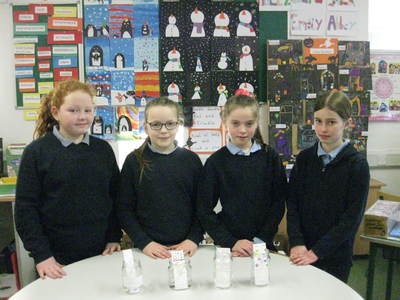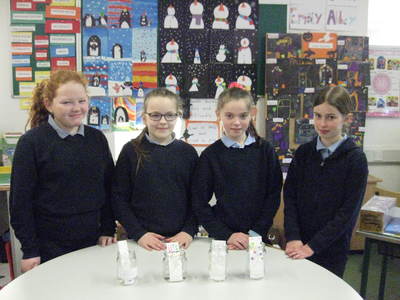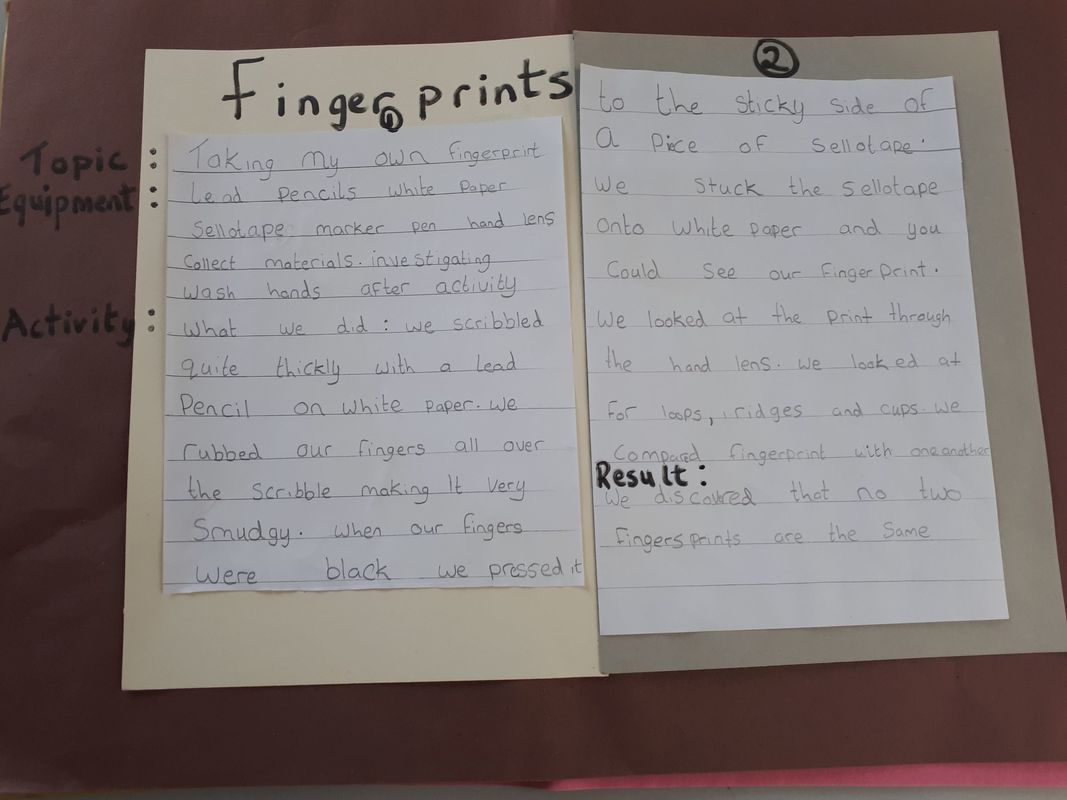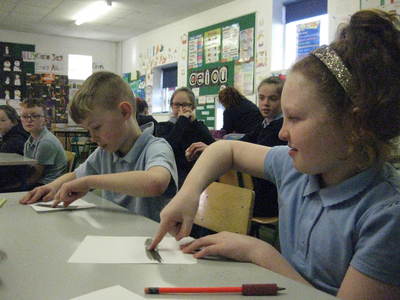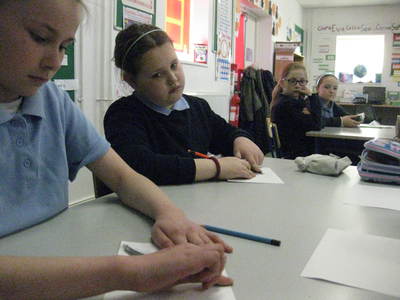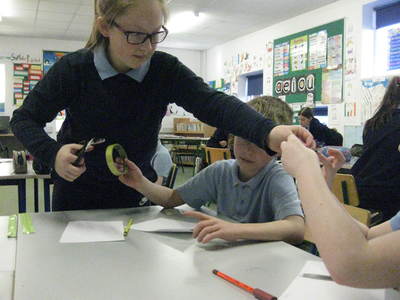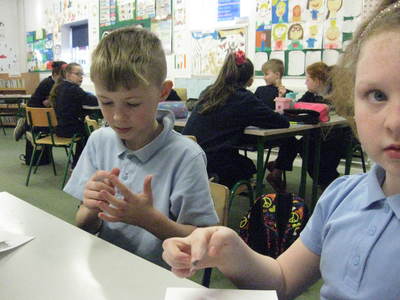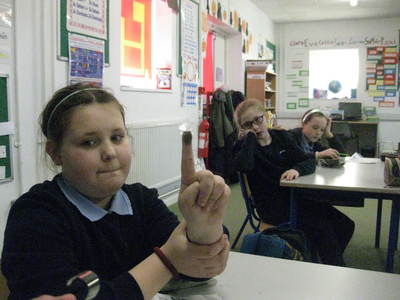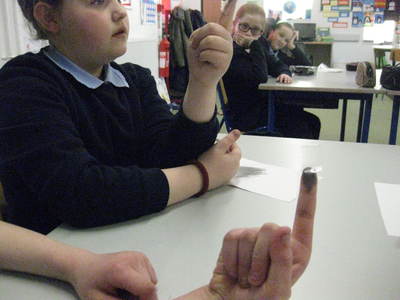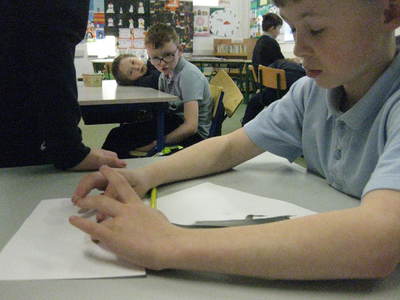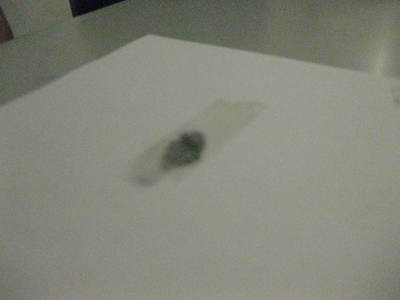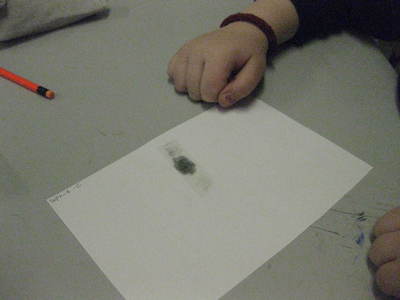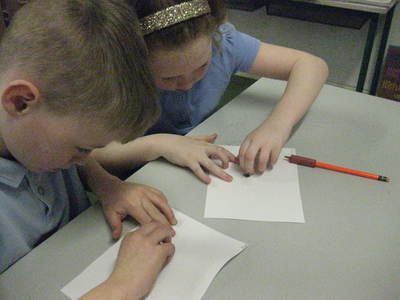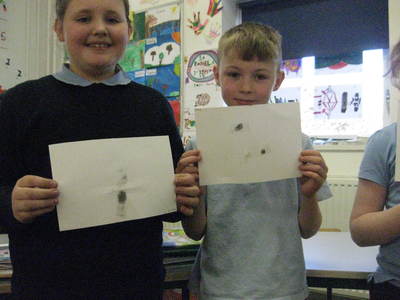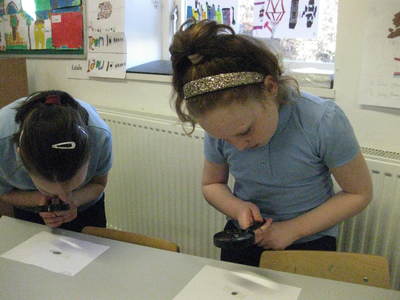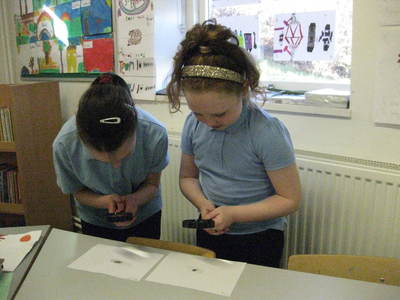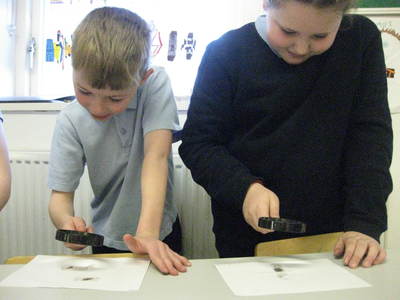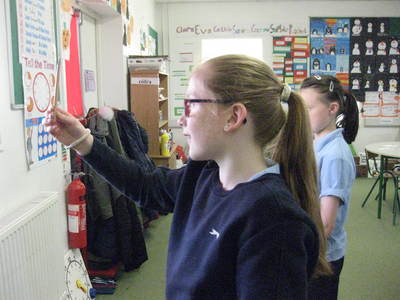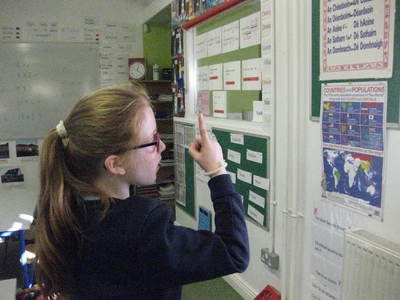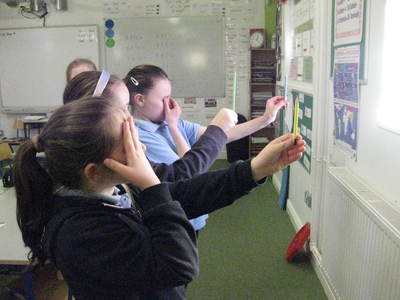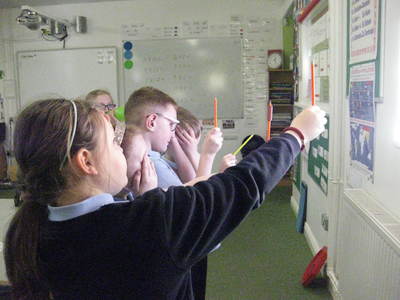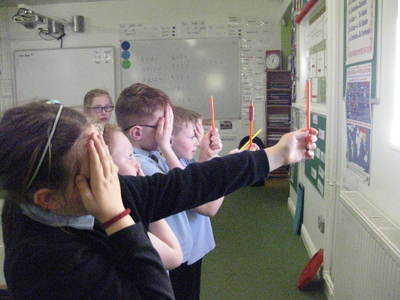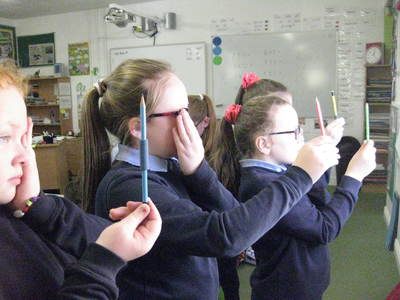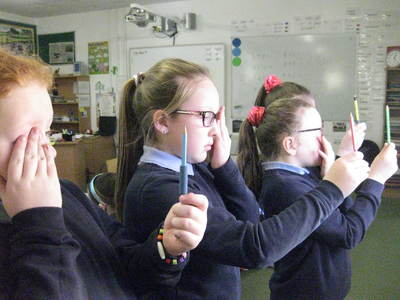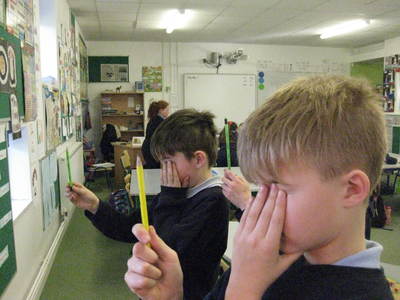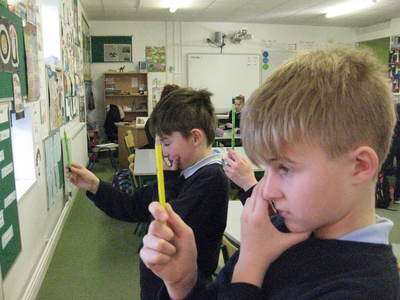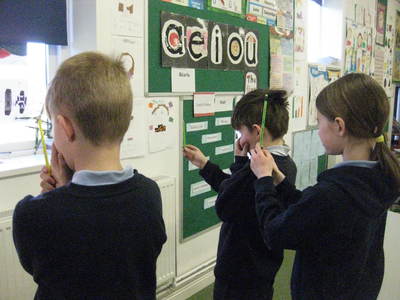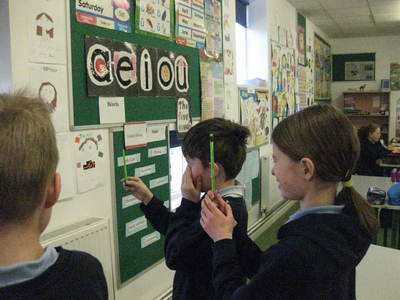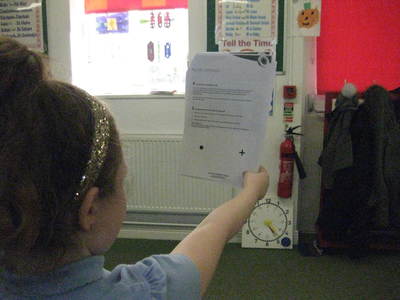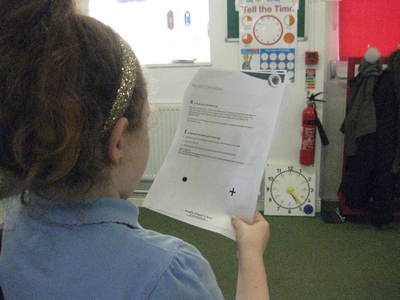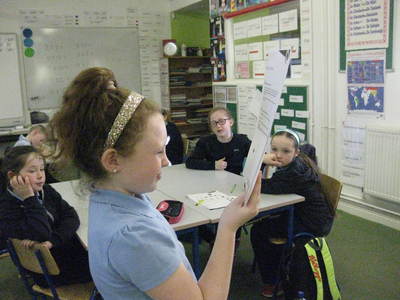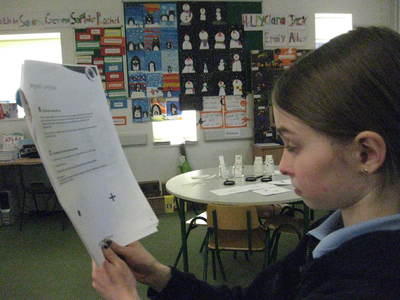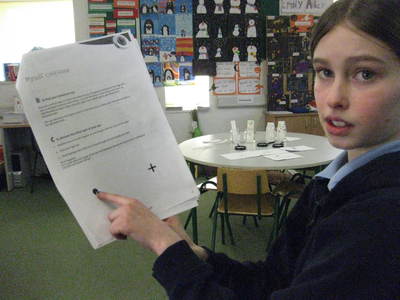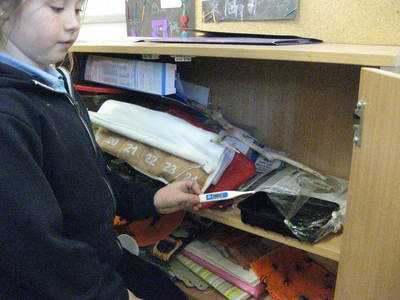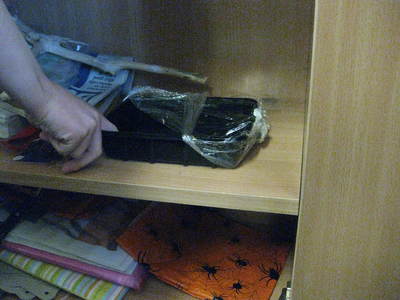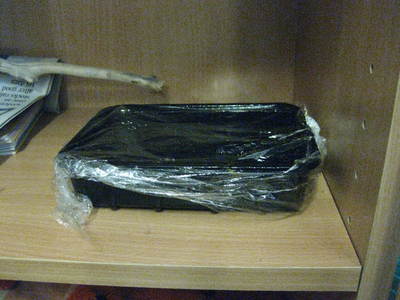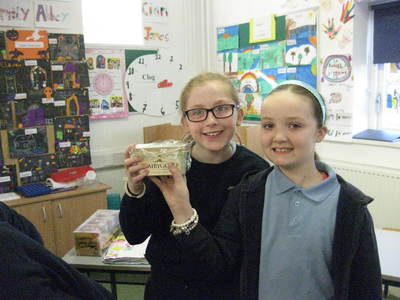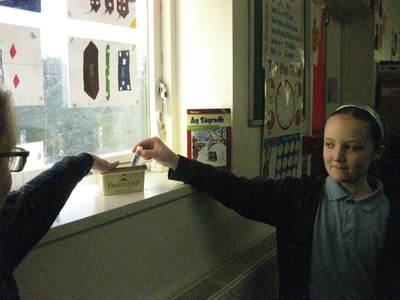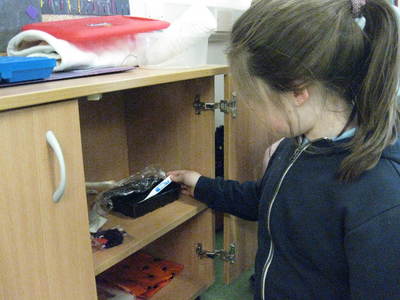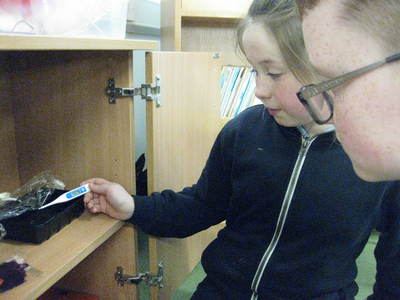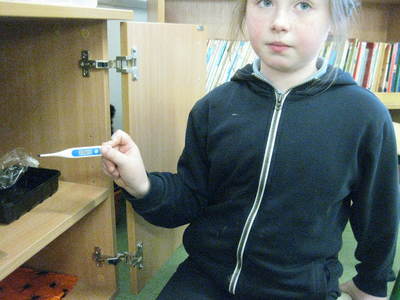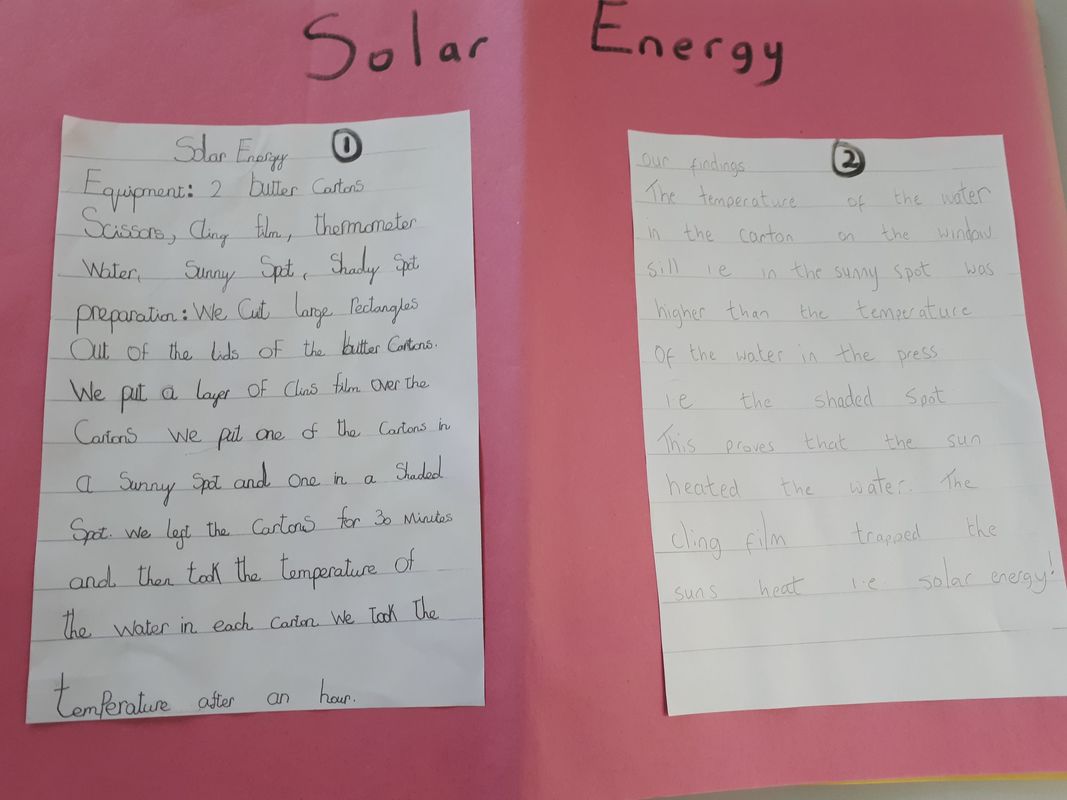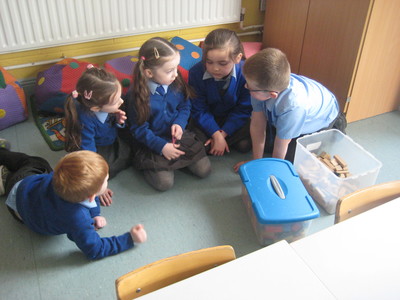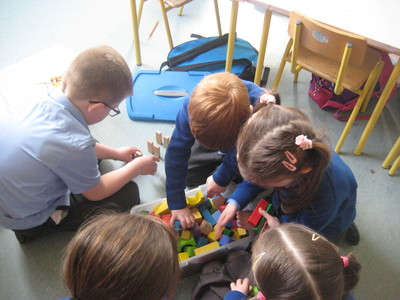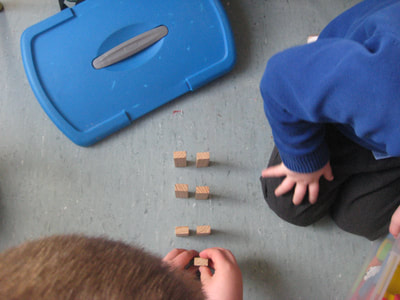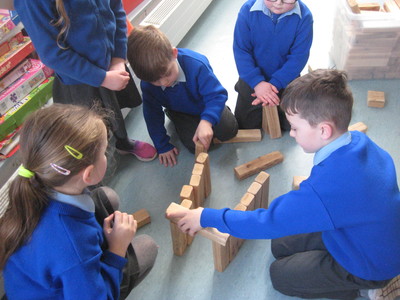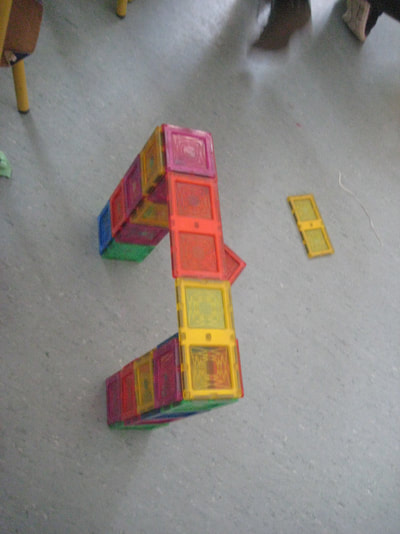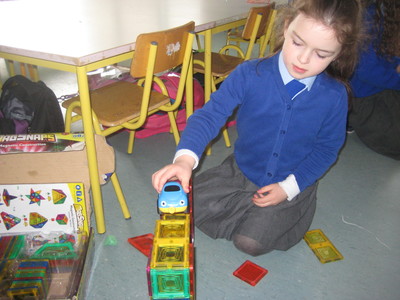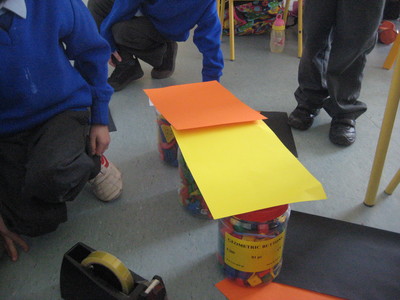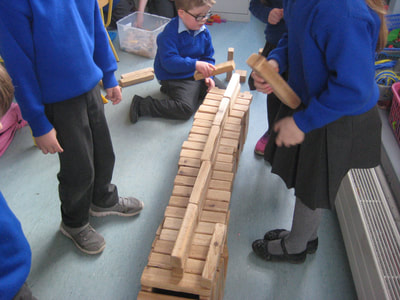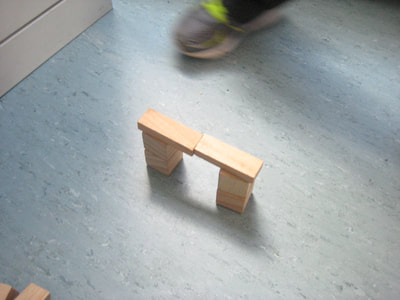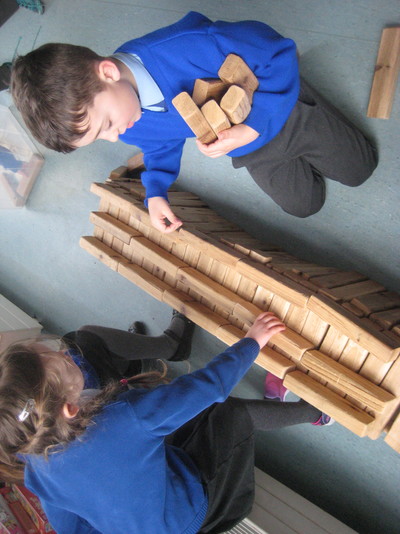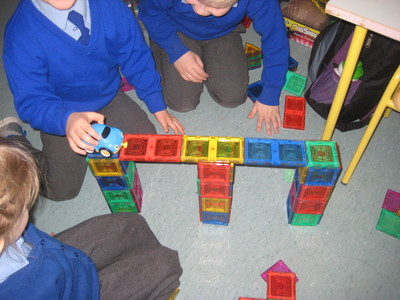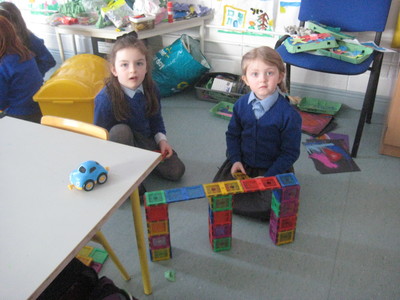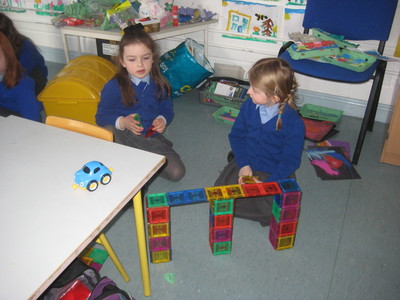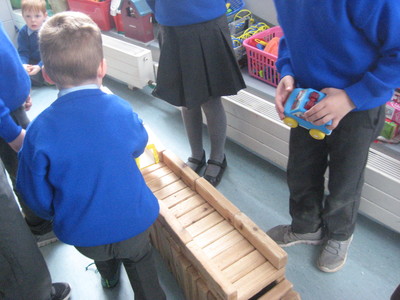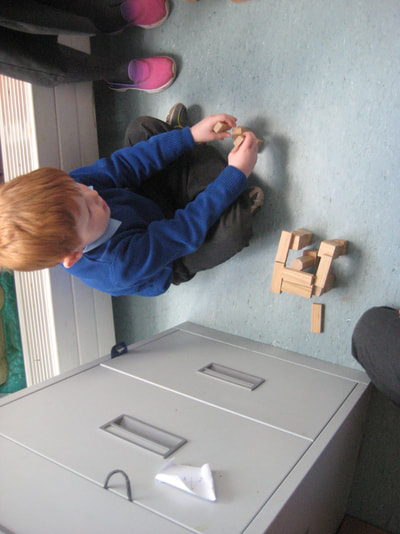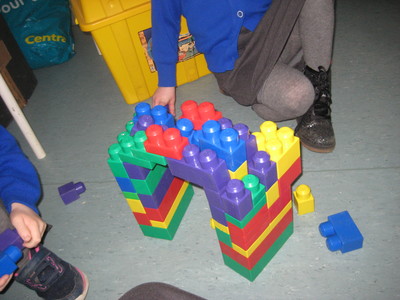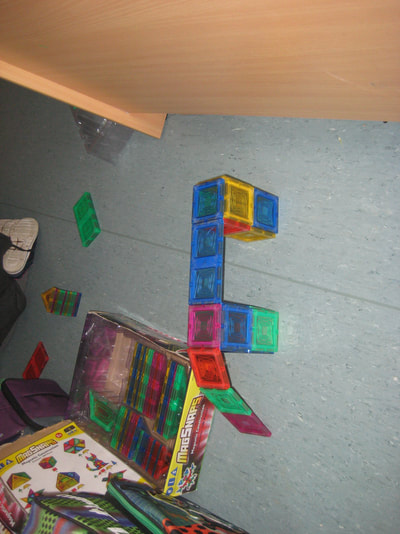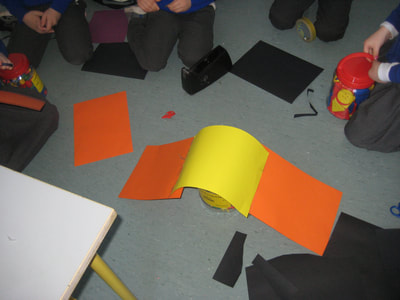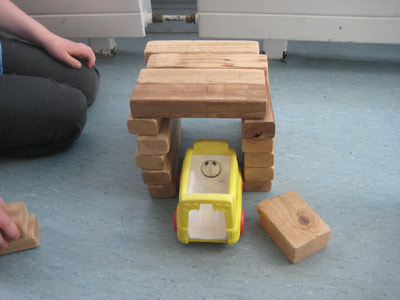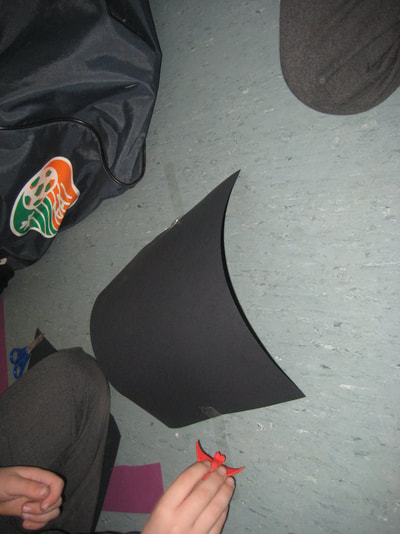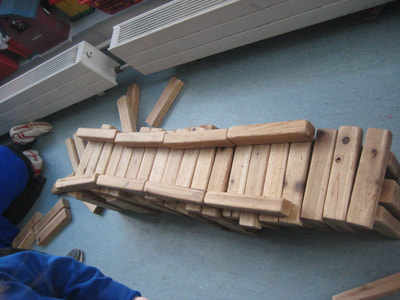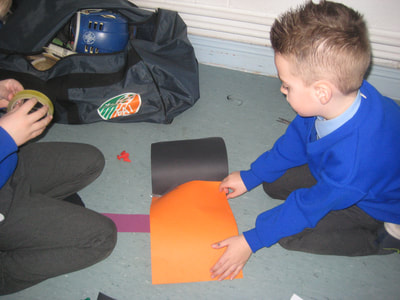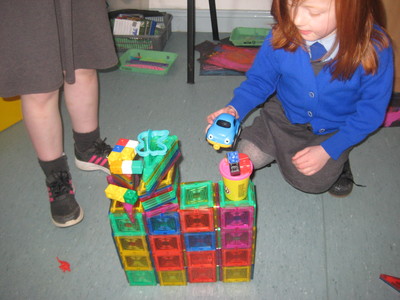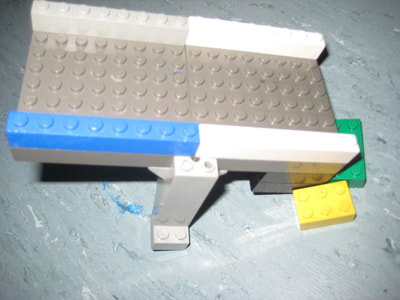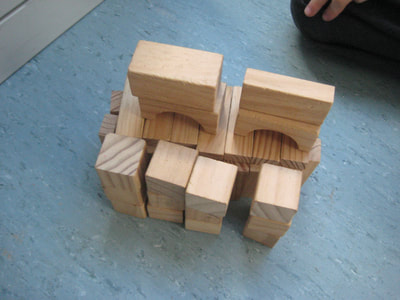STEP 1: SCIENCE
Here, everyone is working on hands-on science experiments.
We did 6 Science experiments across the four curriculum strands of Science which are Living Things, Energy & Forces, Materials, Environmental Awareness & Care.
We will also have a visit from Dale Treadwell who will speak to us about Bio-Diversity.
We did 6 Science experiments across the four curriculum strands of Science which are Living Things, Energy & Forces, Materials, Environmental Awareness & Care.
We will also have a visit from Dale Treadwell who will speak to us about Bio-Diversity.
Experiment #1
Experiment #2
|
STRAND: LIVING THINGS
Strand Unit: Human Life Classes: 1st & 2nd. My REACTION TIME: Although light & heavy things fall to the ground at the same speed, because paper is very light, it can be subject to air resistance, currents, etc. A piece of plasticine weighs it down so that gravity is the only relevant force acting on it and all the timers should fall to the ground with similar acceleration. Do the pieces of plasticine have to be the same weight for fair testing among a group? We all made resistance timers to find out! |
Experiment #3
|
STRAND: MATERIALS
Strand Unit: Materials and Change Classes: 3rd & 4th. CREEPING COLOURS: Inks and dyes are made from different chemicals. To make all the different colours, lots of different colored chemicals are mixed together. As the water rises up the filter paper, it dissolves the chemicals and carries them with it. Some chemicals are more easily absorbed than others and they travel up at different speeds. The different chemicals spread out and this is called Chromatography. |
Experiment #4
STRAND: LIVING THINGS
Strand Unit: Myself Classes: 3rd & 4th. 1. Fingerprints: We learn that everyone's fingerprints are different.
|
|
2. Blind Spot & Dominant Eye: We learned that everyone has a dominant eye - it can be the right one or the left one. It helps us not see doubles of everything.
We also learned that every eye has a blind spot. This is where your optic nerve joins the retina. You usually don't notice this as it does not happen to both eyes at the same time. |
Experiment #5
|
STRAND: ENERGY
Strand Unit: Myself/Plants & Animals Environmental Awareness and Care Classes: 3rd & 4th. Solar Energy: Without the sun there would be no life on Earth. Plants need the sun in order to make their food (photosynthesis) and we need the plants for our food, which gives us energy. Most cars and many machines which we use are run on petrol, oil or gas and their energy originally came from the sun millions of years ago. That’s when the plants became compressed into turf, coal, oil and gas. These are called fossil fuels. Many other machines run on electricity, but much electricity is got from burning fossil fuels. So energy from the sun gives us, either directly or indirectly, almost all of the energy which we use in the world. One day the world’s supply of fossil fuels will run out. So what will take their place? One possibility is energy from the sun, which we call SOLAR ENERGY. The sun gives us light and heat; it can also produce electricity. Absorbing the sun’s energy in water: We put one of the cartons in a sunny spot and one in a shaded spot. We put the same amount of water in each e.g. 250 mls. We dipped our fingers in each to feel how hot or cold the water was. The cartons were left standing for 30 minutes and then we took the temperature of the water in each carton. Repeat the readings after one hour, and again after another 30 minutes. Experiment #6
|
Junior & Senior Infants explored how to build bridges and how to make them nice and strong.
